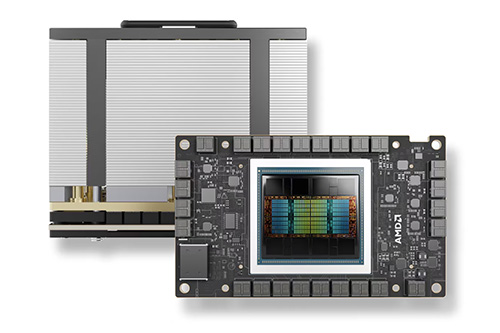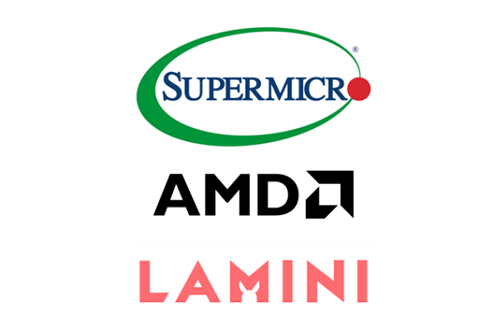The rapid adoption of artificial intelligence is putting new stress on data centers. Cybersecurity spending is growing faster than expected. Business leaders say AI is a competitive advantage. And AI could even help salespeople meet their quotas.
That’s some of the latest from top IT research and polling organizations. And here’s your roundup.
AI Needs More Juice
So much AI, so few data centers. That’s one of the more surprising side effects of the AI explosion.
Demand for data centers is rising. Also rising are data centers’ electric bills, says market watcher IDC.
All data centers use a lot of electric power. Add AI to the mix, and demand for juice rockets even higher.
That’s important because electricity already accounts for nearly half (46%) of the average enterprise data center’s total operational cost, and even more (60%) for the average service-provider’s data center, IDC says.
IDC now predicts that AI data center energy consumption will rise by a compound average growth rate (CAGR) of nearly 45% from now through 2028, when it will reach a global total of 146.2 terawatt hours.
Further, IDC expects overall global data center electricity consumption to more than double between 2023 and 2028, reaching 847 terawatt hours. That’s equivalent to a five-year CAGR of 19.5%.
Cybersec Spending: Up!
Cybersecurity spending rose nearly 10% in the second quarter of this year, reaching a worldwide total of $21.1 billion, according to industry analysts Canalys.
That fast rate of growth left Canalys surprised. It had expected both closer scrutiny of cyber budgets and slower contracts signings due to uncertainty about the economy.
Instead, vendors focused on cross-selling their platforms. Canalys says the top 12 cyber providers collectively accounted for more than half (53.2%) of total spending in Q2.
“Vendors are positioning their cybersecurity platforms to reduce customers’ complexity by consolidating redundant and legacy point products, says Canalys chief analyst Matthew Ball. “But this also reduces organizations’ resilience by increasing dependency on fewer vendors.”
Looking ahead, Canalys expects even bigger growth in spending on cyber services (as opposed to cyber technology). For the full year 2024, Canalys predicts cyber-services spending to grow by nearly 13% year-on-year, reaching a global total of $163.3 billion.
AI: The New Competitive Advantage
Nearly 7 in 10 business leaders (68%) say their organizations’ competitive advantage now depends on making the best use of artificial intelligence. So finds a new poll conducted by Forrester on behalf of credit-reporting site Experian.
In the survey, roughly 6 in 10 respondents (62%) also said their top AI use case is analyzing alternative data sources with Generative AI.
But business leaders are also looking for faster results. More than half the respondents (55%) said developing and deploying AI and machine-learning models takes them too much time.
The survey, conducted earlier this year, reached 1,320 business leaders in 10 countries across the EMEA and Asia-Pacific regions.
AI for Sales? Yes, Please
Add sales to the list of jobs that can be enhanced with AI. A new forecast from researchers at Gartner posits that sellers who partner effectively with AI tools are 3.7 times more likely to meet their quotas than are those who don’t use AI.
The forecast is based on Gartner’s recent survey of more than 1,025 B2B sellers.
Gartner also says that in response, senior sales officers will need to prepare their staff for a world with AI. That could include training salespeople with new AI skills, setting new sales priorities, and refining compensation and even career paths.
One possible snag: In Gartner’s survey, nearly three-quarters of the salespeople (72%) said they’re already overwhelmed by the number of skills required for their job. And fully half (50%) said they’re similarly overwhelmed by the amount of technology needed.
Watch the related video podcast:












